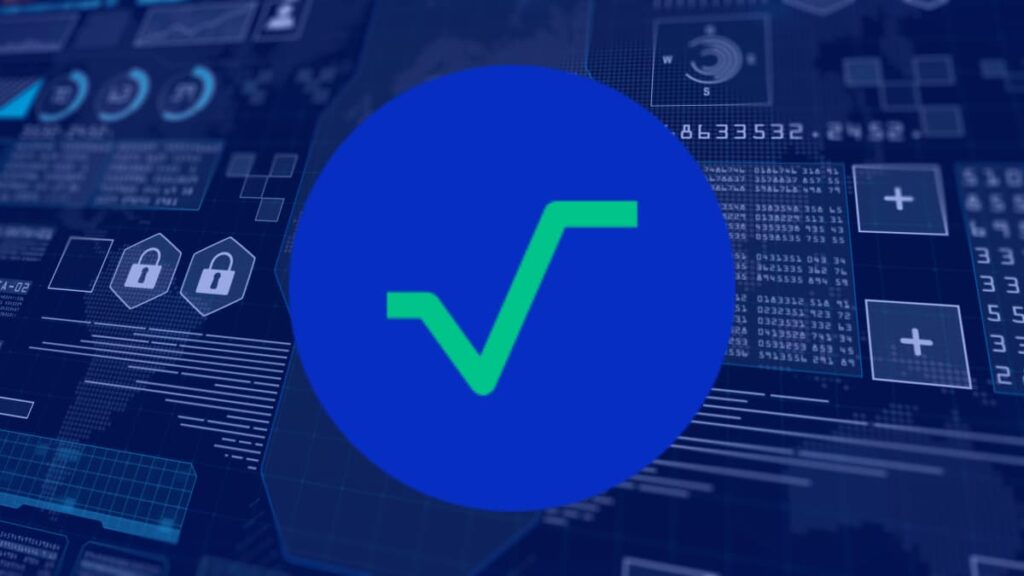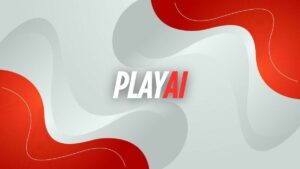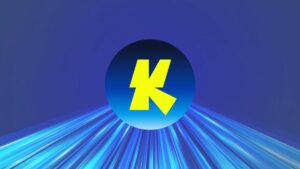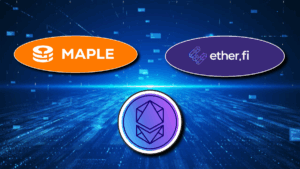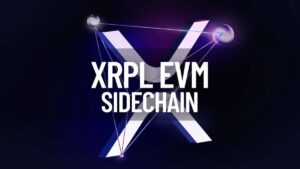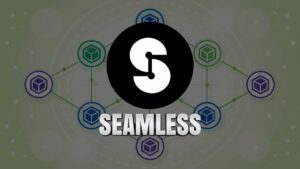In a recent series of tweets, Radix—the smart contract platform for asset-oriented DeFi—explained how “native assets” improve the user and developer experience by ensuring that the flow of assets is transparent and secure via its network.
Native Assets are how tokens, NFTs, badges, pool units & more are represented on the Radix network.
In Radix Engine terms, Native Assets are called “resources”. pic.twitter.com/ApPjfX3sBg
— Radix – Radically Different DeFi (@radixdlt) March 13, 2023
The Radix network, “natively” understands the notions of assets and governs how they should act. This is how tokens, NFTs, badges, pool units, and other things are represented. In Radix Engine terms, these native assets are called “resources.”
According to the info, the reasoning for this “native assets” initiative is that the Defi space requires a Web3 wallet that clearly informs users what they actually hold in terms of fungible and non-fungible tokens, allowing them to confirm their originality and legitimacy.
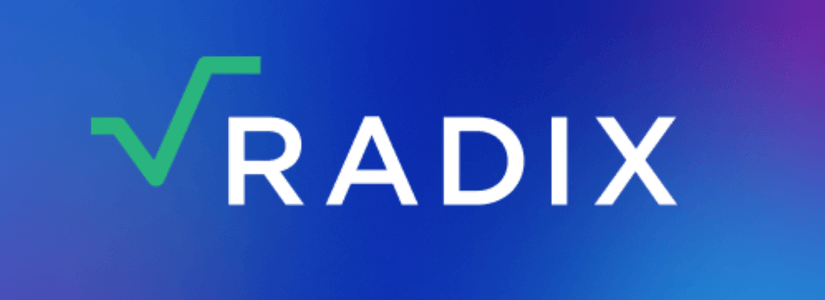
Moreover, many crypto or LP tokens seem useless in a user’s Web3 wallet and have no information on what they are, what they are used for, or how they might be used. So, users would have to link to external websites or decentralized apps to see what they needed to know about those coins in order to figure these out.
“Native Assets are the basis of Radix’s asset-oriented form of smart contracts via the Radix Engine and Scrypto,” the decentralized network asserted in a tweet.
Radix Wallet Users Can Verify Tokens’ Data Directly
However, the characteristics and data that distinguish different types of assets are all displayed in the resource configuration of each native asset, not in the complicated smart contract code or an external website that could ultimately wipe out users’ assets from their wallets.
This feature would enhance the Radix Wallet’s user experience by making the creation of decentralized applications (dApps) simple and secure, as well as by getting rid of the tedious processes associated with manual token verification.
The Radix Wallet can quickly and easily scan each asset’s configuration and provide all relevant information to the user. The decentralized wallet, for instance, can display all the information that defines an NFT.
Meanwhile, every token and NFT on the Radix network are referred to as “native assets,” giving a robust means to represent and manage various sorts of assets on the network with enormous benefits for users.
Overall, Radix is innovative at every stage of its technology stack, offering a one-of-a-kind asset-oriented programming language, Scrypto, that promises to significantly improve the Web3 and DeFi developer experience by incorporating assets (tokens) as a native first-class element of the language.



